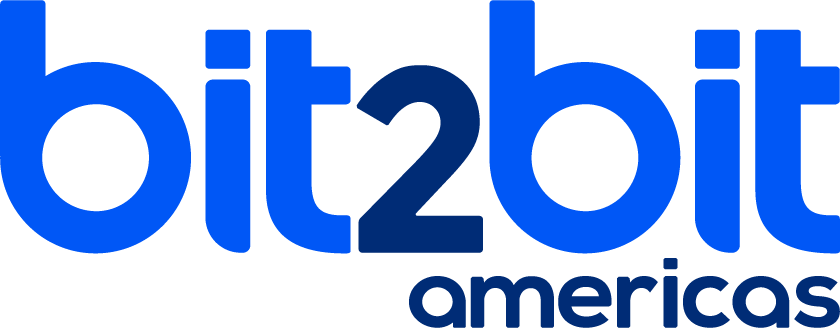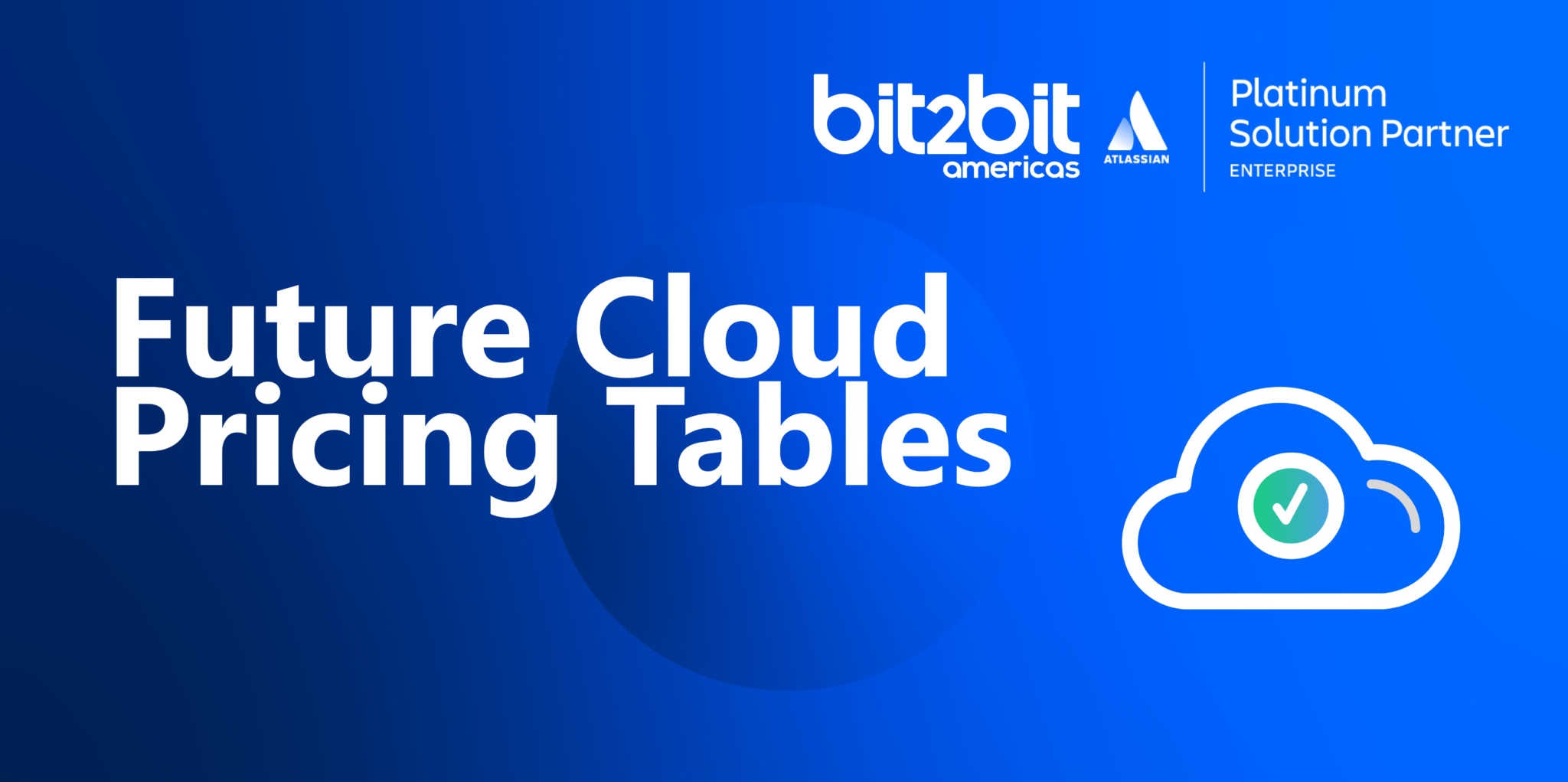On September 9, Atlassian announced a price increase for its products which will take effect on October 12, 2021 PT (Pacific Time). The price increase reflects Atlassian´s continued investment in creating a powerful and easy-to-use platform for all teams, with improvements in automations, insights and machine-learning functionalities. This increase represents an increase between 5%, 25% and variable in Atlassian Access (see section “How Prices will increase below”). You can find the official announcement on Future cloud pricing tables.
At bit2bit Americas we want you to be aware of these changes and we are willing to help you in your evaluation. ¡Count on us!
Recommendations
- Advance your renewals
Renew your Atlassian Cloud licenses as soon as possible to take advantage of current prices before they change, taking into account that:
- You have to request the quote to bit2bit Americas until October 05, 2021
- The deadline for sending purchase orders to bit2bit Americas is October 29, 2021 (upon request for quotation)
2. If you are on a monthly subscription, go over an annual plan
- In this way you can set the current price for the 12 months in advance.
- Depending on the number of users / agents you have, the annual plan can be a great option, even more because it will allow you to ensure current prices for 1 year or 2 years depending on the plan you choose
Advance the purchase of new licenses
In case you want to acquire new products or increase the number of users, the recommendation is to advance the purchase to buy with a better price.
- You have to request the quote to bit2bit Americas until October 05, 2021
- The deadline for sending purchase orders to bit2bit Americas is October 29, 2021 (upon request for quotation)
Summary of dates to take into account
- October 05, 2021 – Deadline to request quotes from bit2bit Americas with current prices
- October 12, 2021 – The price increase comes into effect
How will prices increase?
Notes
This price increase only applies to Atlassian brand products.
Apps (plugins) from third-party marketplaces are not included and are subject to the conditions of each manufacturer that in similar situations these will gradually update their prices.
The increase does not apply to Data Center and Server edition products.
You can find the table with the price increase per product in the following link: Future cloud pricing tables
Increase in Cloud products
Applies to the following products:
Jira Software: Standard, Premium, Enterprise
Confluence: Standard, Premium, Enterprise
Jira Service Management: Premium, Enterprise
Atlassian Access
Important Links
We share other links that may be of interest to you:
Cloud
Frequent questions: FAQs
Atlassian Cloud Product Enhancements: Cloud product investments
What are the next steps?
To ensure the best prices for your licensing, we recommend:
Manage your Cloud licensing renewal before October 05
Finally, do not hesitate to contact us and we will be happy to schedule a call in the following weeks to answer all your questions and those of your team. You can write to us at: ventas@bit2bitamericas.com.




